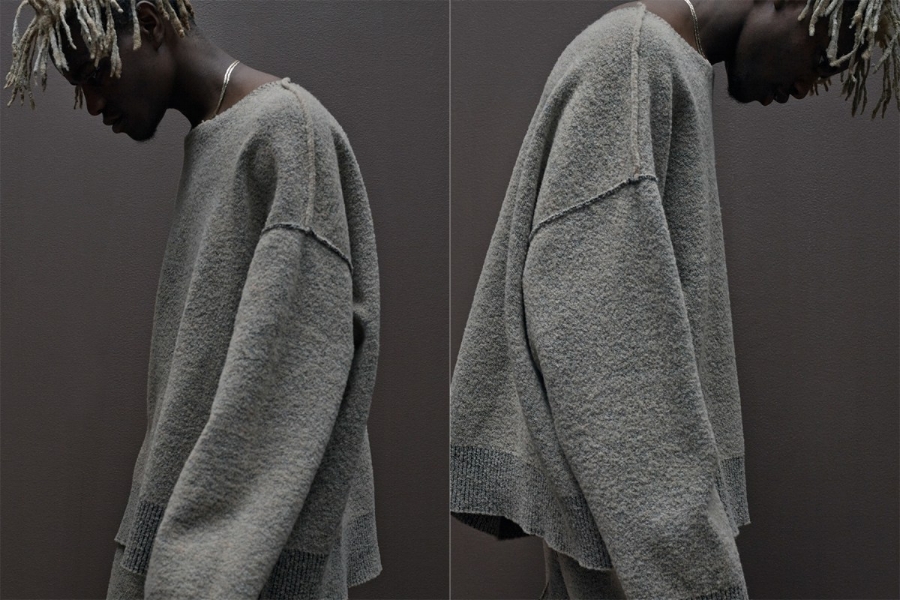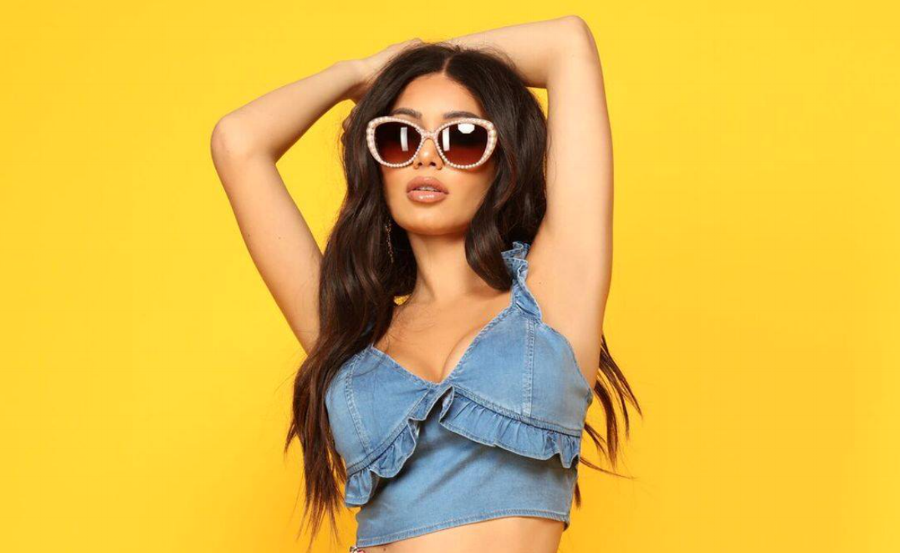From the increasingly outrageous prices associated with fashion – from high fashion t-shirts to fast fashion copies – and the industry’s failure (in a number of cases) to address #MeToo allegations, whether it be in terms of its front guests or its employment contracts, to the legal implications of fashion’s penchant for appropriation and the geopolitical fallout over how to deal with unwanted clothing, here are just a few of the features we penned in 2018.
1. Want to Use the Maasai Name or Print? You (Might) Have to Pay for That. The name and red-checked prints for which the Tanzania and southern Kenya-based Maasai people are known, have found their way onto products bearing Louis Vuitton, Thakoon, Ralph Lauren, Diane Von Furstenberg and Calvin Klein tags. Their name has appeared on everything from cheap earrings on Etsy to pricey Land Rover SUVs. The group has tired of companies – an estimated 1,000-plus of them, including a handful of multi-national giants, in recent years – “profiting at their expense.”
2. Spare Me Your Protest Fashion and Show Me Your Employment Contracts. If the fashion industry is truly serious about change (and not merely relying on women’s rights as the latest hot-selling trend), there are two rather simple things it could do: pay women – of similar experience – that are doing the same/similar jobs as men equally to their male counterparts; and ensure that all employment contracts are devoid of mandatory arbitration clauses for sexual harassment and discrimination claims.
3. Rwanda Does Not Want Our Used Clothes and is at a Standoff with the U.S. as a Result. Discarded Zara wares and H&M sweaters are – or in a growing number of cases, were – shipped to Africa, India, Pakistan, and other far-flung locales, where they are sold to traders, who will then sell them to consumers. Long viewed as a way for consumption-happy Americans to help boost the well-being – and wardrobes – of those less fortunate, the used clothing trade has put a significant rift between the U.S. and Rwanda.
4. $20 Jeans, $800 Tees: In Fashion, Prices Are Out of Control. Whether it be $4 shirts from H&M or $800 tees from Dior, prices in fashion are extreme and growing increasingly out of control. A phenomenon that occurs at both ends of the spectrum, with fast fashion and high fashion entities, alike, the proliferation of such pricing disparity appears to symbolize something significant: Consumers have lost touch with how much garments are supposed to reasonably and responsibly cost.
5. Paris Fashion Week’s Front Rows Speak to Fashion’s Complicated Stance on #MeToo. A serial rapist, a statutory rapist, and the subject of then-ongoing sexual assault investigations found their way to the front rows of major runway shows in 2018, speaking volumes of fashion’s failure to fully address its own #MeToo moments.
6. Double-Digit Rape Allegations Later, Ian Connor Remains in Fashion’s Buzziest Circles. Ian Connor continues to find a place in the fashion industry – thanks to the likes of Louis Vuitton creative director Virgil Abloh and Alyx founder Matthew Williams, among others – despite being the subject of at least 21 different sexual assault charges.
 image: Yeezy
image: Yeezy
7. Fashion Is “an Extremely Wealthy Industry Founded on Unpaid Work.” Young people are romanced by the industry’s outward facing image, particularly in the digital era, where designers are often pictured on private jets, in glitzy locales, and alongside some of the world’s most famous figures. The result is an army of individuals that are routinely working in a largely unpaid or underpaid capacity – or more or less, for “trade,” i.e., in exchange for free clothes – in hopes of “making it” and/or advancing their careers in fashion.
8. Hey Siri, Find Me a Fake Gucci Bag on Amazon. The ease with which consumers can locate and buy counterfeit or otherwise infringing goods – paired with the prevalence of fraudulent, paid-for reviews that have been known to crowd the comments sections of many third-party sellers’ pages – sheds light on why Amazon has been plagued with an increasing amount of complaints from brands, big and small, about the efforts it takes (or does not take) to clean up its platform.
9. How A Quiet Trademark Scheme & Epidemic-Level Counterfeiting Led to a Global Fight for Supreme. “The IBF will open [a store] in every country on the globe where the intellectual property rights are present with the already owned stores in Spain as examples.” It noted that “already planned are stores in Belgrade where IBF is the ONLY HOLDER OF A REGISTERED SUPREME BRAND, as well as others territories, and therefore between the end of 2018 and 2019 no less than 70 openings around the world are expected.”
10. Fashion and the (Big) Business of Gifting. A whopping 98 percent of brands make use of influencer marketing by lending samples and/or gifts to influencers for the exclusive purpose of those influencers posting such items on their social media accounts. Very few of those brands are ensuring that those on the receiving end are abiding by advertising laws. As a result, consumers are being misled … frequently.
11. Fashion’s Push for #MeToo is Ignoring a Significant Number of Women. Historically, apparel manufacturing has been one of the most female-dominated industries in the world. As a result, it has provided many women with jobs and incomes that they otherwise might not have been able to achieve. However, those jobs almost always come with an ugly downside of abuse, thereby forcing women to choose between financial freedom and their personal well-being.
 image: Fashion Nova
image: Fashion Nova
12. Fashion Nova Won the Internet and Is Transforming the Way Millennials Dress. “All of these girls are beginning to look like clones of each other. They have long, flowy hair, they got Kylie Jenner lips … They all have the same outfit on.” In short: “All y’all look the same. All y’all dress the same,” she says.
13. Delphine Arnault: The Quiet Force Charting a New Era for LVMH. Having joined LVMH in 2000, Ms. Arnault got her start working with John Galliano on his LVMH-owned eponymous label, and had been quietly working her way up since, shying from the media (“Despite her height and stature, Arnault shrinks from media attention, approaching interviews as cautiously as one might an electrified fence,” per the Financial Times), and focusing, instead, on her various roles within the family business.
14. With 9 Million Users and an Online Advantage, The RealReal is Widening its Net. With significant expansion plans in the works, founder Julie Wainwright’s eye for evolution, and continued buzz that an initial public offering is in the pipeline, an additional point of growth has been underway at The RealReal. The consignment site is incorporating elements from the traditional off-price liquidator model. In other words, The RealReal appears to be looking beyond consumer consignors to businesses, including brands and authorized retailers, that want to off-load garments and accessories.
15. How Instagram Users are Building Businesses Based on Others’ Intellectual Property. The operators behind many Instagram accounts, having built up a dedicated following, are looking for ways to monetize their followers. The practice is also potentially problematic when we consider the fact that in the vast majority of these cases, the curated imagery consists of individual photos for which the Instagram account operators do not have rights, specifically, copyright rights.













